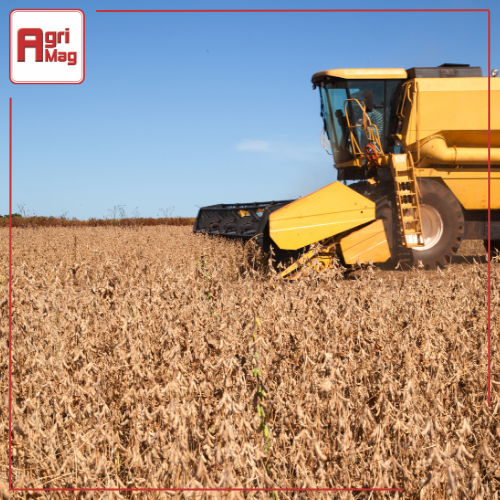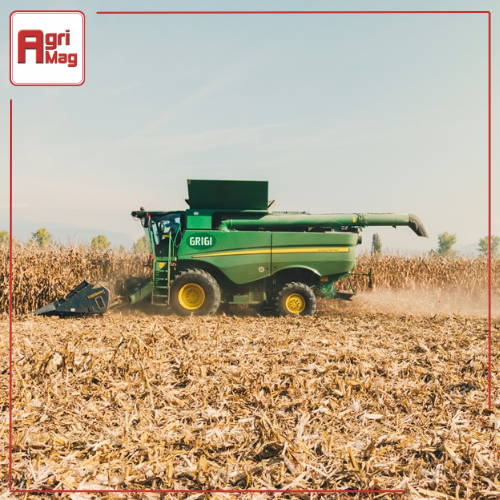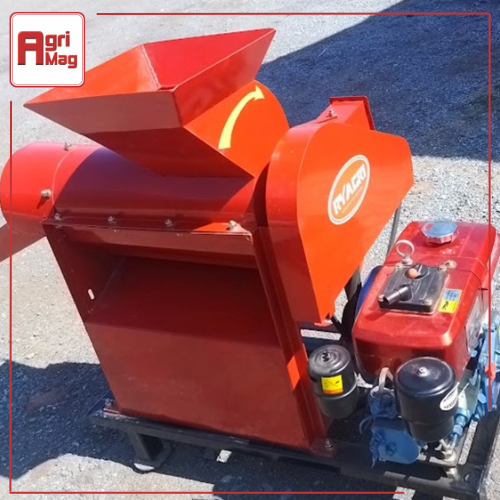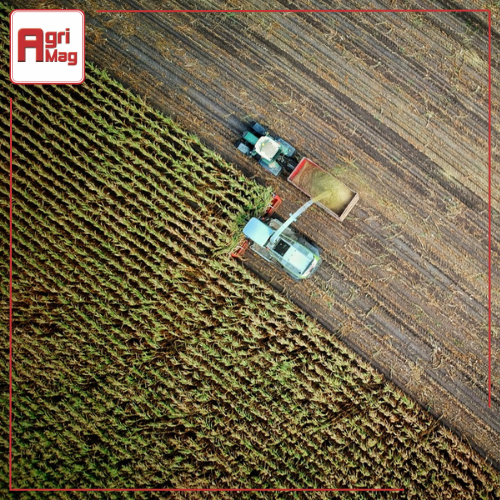
Factors to Consider When Choosing Harvesting Equipment
Date: 19/09/2022
Choosing the right harvesting equipment is crucial for farmers to ensure efficient crop collection and maximise yield. With diverse agricultural landscapes and varying farming practices, several factors come into play when deciding on the most suitable machinery. In this article, we delve into key considerations that farmers should keep in mind when selecting harvesting equipment, emphasizing the importance of factors such as crop type, farm size, budget, and environmental impact. Request a quote on AgriMag today.
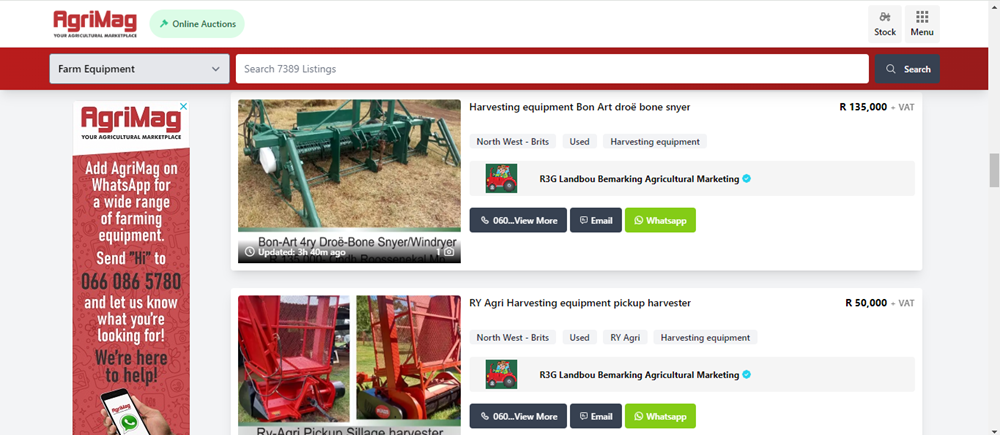
key factors to consider when selecting harvesting equipment
1. Type of Crop:
The type of crop being harvested is a fundamental determinant in selecting appropriate equipment. South Africa boasts a wide array of crops, ranging from maize and sugarcane to citrus fruits and wine grapes. Each crop demands specific harvesting techniques and machinery. For instance, crops like maize and sugarcane require specialised harvesters equipped with features tailored to their unique characteristics, such as adjustable row spacing and stalk processing capabilities. Conversely, fruits like citrus may necessitate gentler handling to avoid damage, calling for equipment with softer grips and precise maneuverability. Therefore, understanding the requirements of the target crop is paramount in selecting harvesting equipment that ensures optimal productivity and quality.
2. Farm Size and Scale:
The size and scale of the farm play a pivotal role in determining the appropriate harvesting equipment. Large-scale commercial farms may benefit from mechanised harvesters capable of covering vast areas efficiently. In contrast, small-scale and subsistence farmers might find manual or smaller-scale machinery more practical and cost-effective. Factors such as field terrain and accessibility also influence equipment selection. Farms with uneven terrain or limited maneuvering space may require specialised machinery with enhanced mobility and terrain adaptability. By aligning the equipment with the farm's size and scale, farmers can streamline operations, minimise labor costs, and maximise overall productivity.
3. Budget and Cost Efficiency:
Budget considerations are crucial when investing in harvesting equipment. While state-of-the-art machinery may offer advanced features and efficiency gains, it often comes with a hefty price tag. Conversely, opting for cheaper alternatives may compromise on performance and durability in the long run. It's essential for farmers to strike a balance between upfront costs and long-term benefits, factoring in aspects such as maintenance, fuel consumption, and potential resale value. Additionally, exploring financing options and leasing arrangements can help mitigate the financial burden of purchasing equipment outright. By conducting a thorough cost-benefit analysis, farmers can make informed decisions that optimise cost efficiency without compromising on quality and performance.
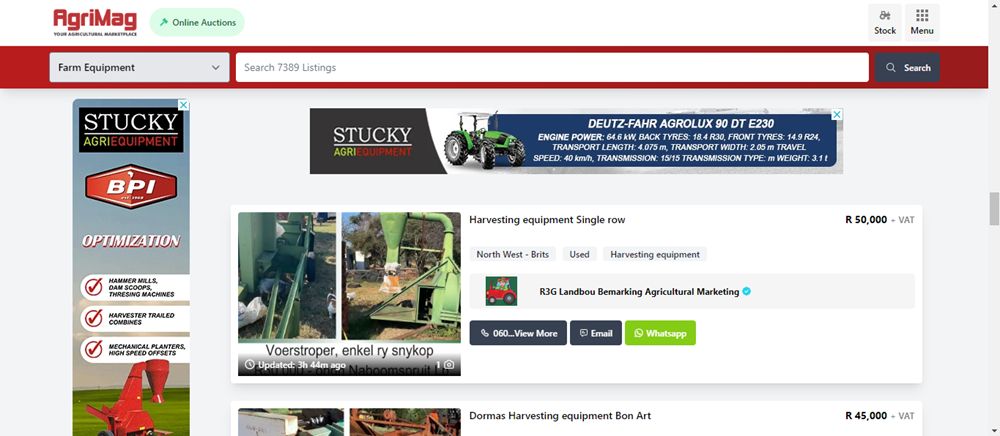
3. Environmental Impact:
In an era of increasing environmental awareness, considering the ecological footprint of harvesting equipment is imperative. Sustainable farming practices not only minimise environmental harm but also contribute to long-term agricultural viability. When selecting harvesting machinery, factors such as fuel efficiency, emissions, and soil compaction should be taken into account. Opting for equipment powered by renewable energy sources or incorporating eco-friendly technologies can help reduce carbon emissions and minimise ecological damage. Moreover, implementing precision farming techniques such as GPS-guided navigation and variable rate application can enhance resource efficiency and minimise waste. By prioritising environmental considerations, farmers can contribute to sustainable agriculture while maintaining profitability.
In conclusion, choosing the right harvesting equipment is a multifaceted decision that requires careful consideration of various factors. By assessing the type of crop, farm size, budget constraints, and environmental impact, farmers can make informed choices that optimise productivity, efficiency, and sustainability. Whether investing in state-of-the-art machinery or opting for more traditional approaches, the key lies in aligning equipment selection with the specific needs and goals of the farm. By prioritising these factors, farmers can embark on a path towards success in choosing harvesting equipment. Get a quote right now on AgriMag.
Categories:
Common category
Category Search:
Latest articles:

Top Irrigation Tips for Farmers Facing Water Restrictions

Understanding the Role of Truck Tractors in Logistics

Farming Equipment Upgrades for Small-Scale Farmers in South Africa

